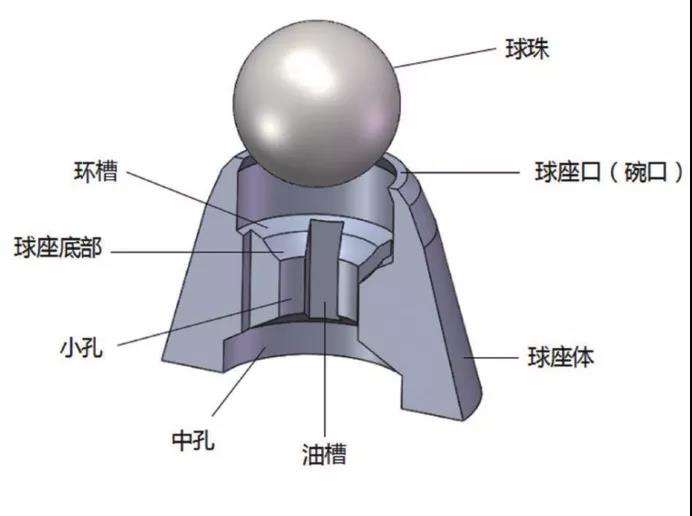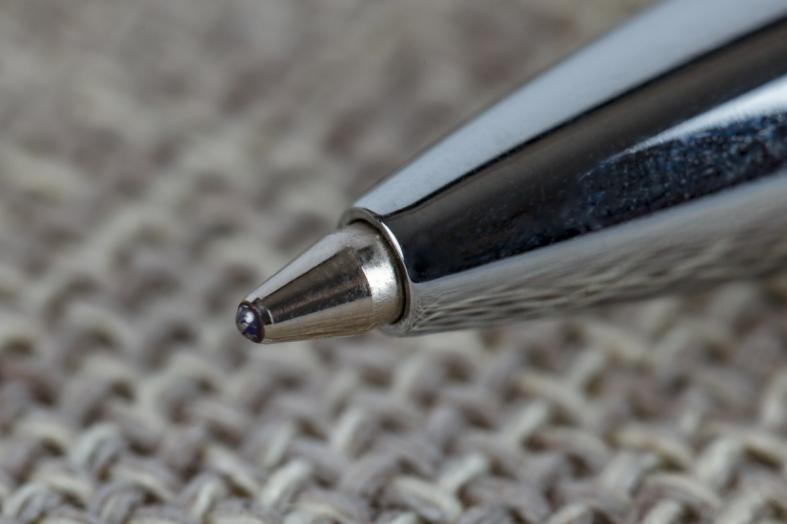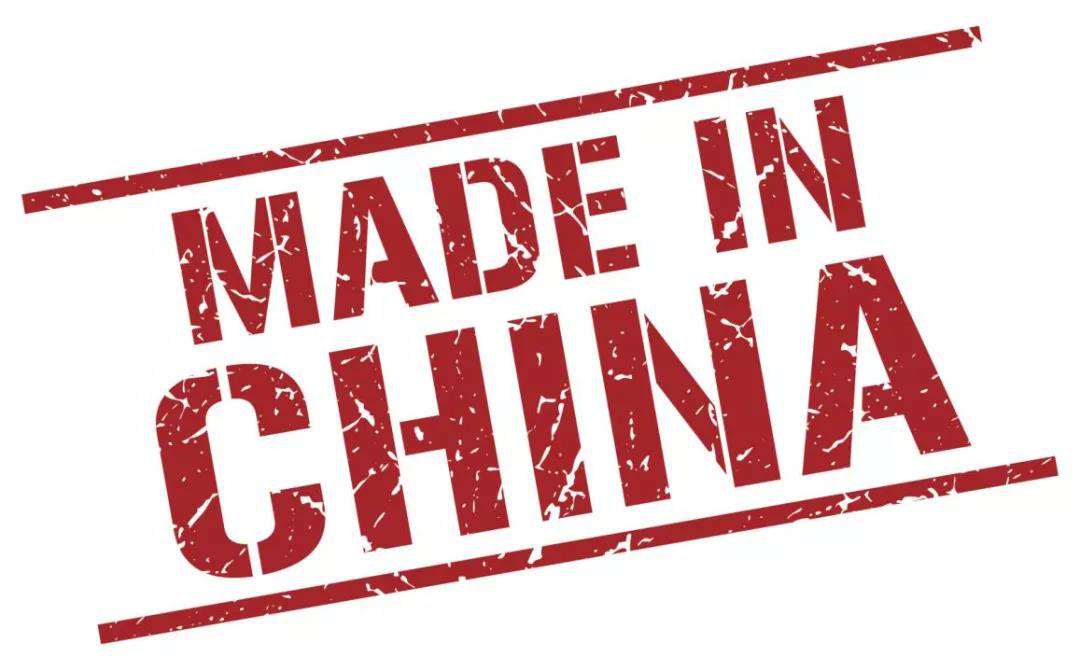Is it hard to make a promotional ballpoint pen?
The reason why promotional ballpoint pens produce ink smoothly is that during the writing process, the small ball of the ballpoint nib rolls under the action of the friction generated when it comes into contact with the paper, thus bringing out the ink in the refill and forming the handwriting.
In simple terms, the ballpoint nib is constructed with a ball embedded in the top of the ball holder body so that the ball can turn smoothly and does not easily fall out of the ball holder body.
However, with such a simple design, the requirements for the ball are not simple.
There are three main technical difficulties in the manufacture of promotional ballpoint pen tips. First, to ensure a smooth writing experience, the fit between the ball and the ball holder is critical. The gap between the ball and the ball holder body is about 5 microns. If the gap is too small, the ink will not flow out smoothly; if the gap is too large, it will lead to ink leakage and even make the ball fall off the nib.
Secondly, in the process of writing, due to the nib ball ball and paper constantly friction, the gap between the ball and the ball holder body will gradually become larger. Over time, the ink tends to leak out from the gap, affecting the writing.
In addition, the ballpoint pen nib has extremely high processing accuracy and assembly precision. There are uneven steps inside the nib and oil guide grooves to guide the ink, and the machining accuracy of each oil guide groove is required to be 1 micron.
All of these factors place high demands on the performance of the materials used for ballpoint pen spheres.

The search for special steel – “nib steel”
The materials used to make promotional ballpoint pen balls have undergone continuous development, and the early lead brass and nickel white brass have been largely eliminated due to their poor corrosion resistance. There are different specifications of materials available including stainless steel ball, tungsten carbide ball and ceramic ball, among which, stainless steel has become the most commonly used material for ballpoint pen nibs.
The steel used for ballpoint pens has a special name – nib steel. The nib steel needs to be rust-resistant to resist corrosion of the ball by solvents, etc., during the long contact with the ink.
At the same time, the nib steel also needs to be resistant to wear and tear in order to ensure a stable gap between the ball and the ball holder body.
In the process, a carbide drill will be used to process at a high speed of 30,000rpm, and the processing error should not exceed 3 microns, which in turn requires the nib steel to have good easy cutting properties. At the same time, the easy cutting performance is also reflected in the need for fine chips, such as chipping chips and C-shaped chips, so that the waste chips are easy to quickly get out of the workpiece and reduce the scratch surface to ensure the integrity of the complex structure of the inner cavity of the nib.
Nib steel is a free-cutting stainless steel, a special steel made by adding a certain amount of free-cutting elements, such as sulfur, lead and phosphorus, to ferritic stainless steel.
The mechanism of action of the free-cutting elements can be summarized as the element and its formation of inclusions, both between the tool and the steel as a lubricating effect, but also as a stress concentration point to make the chip fragile.
Among them, different elements act in slightly different ways. For example, the element of lead is spherical particles in a single state, in the cutting of frictional heat, the melting point of the lower lead element melting precipitation, in contact with the role of lubrication; and sulfur elements can be formed with the element of manganese in steel manganese sulfide inclusions, thus blocking the continuity of steel, making the chip short, easy to exclude. In addition, manganese sulfide will extend along the shear plane under the action of cutting force, and finally reduce the frictional resistance.
During the cutting process, the free-cutting elements and the inclusions formed by them can play a lubricating role between the tool and the material.

Tackle the “Made in China” pen nib steel!
Ballpoint pen ball steel consists of carbon, silicon, manganese, phosphorus, copper, nickel and more than a dozen elements, the content of each element is also different. Which elements are chosen, how much of each element is used, and at what time each element is added, all have an impact on the performance of the steel.
For a long time, the chemical composition and technical parameters of nib steels have been in the hands of Japanese and Swiss companies.
However, even without technical support and the difficulty of the project, we overcame this technology and developed a domestic pen nib steel and achieved domestic mass production of pen nib steel in 2017. From now on, the nib steel used in China can proudly bear the “Made in China” logo.

Compared to foreign nib steels, our nib steels have similar elemental composition and different content, but are still very good in terms of performance.
When we use ballpoint pens, we may not realize that such a small nib requires scientific and technological research to develop the material. Not only do we need to know the microstructure of the metal and its mechanism in detail, but we also need to accumulate data, adjust parameters and design process methods in order to create the required special steel.
We wouldn’t even think that a small nib has to go through rigorous testing of over 800 meters of continuous writing without stopping the ink before it meets the standard.
Sometimes we think that scientific research is far away from us, but we do not know that it has long penetrated all aspects of life, just waiting for us to decode.